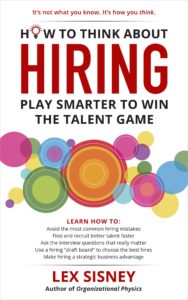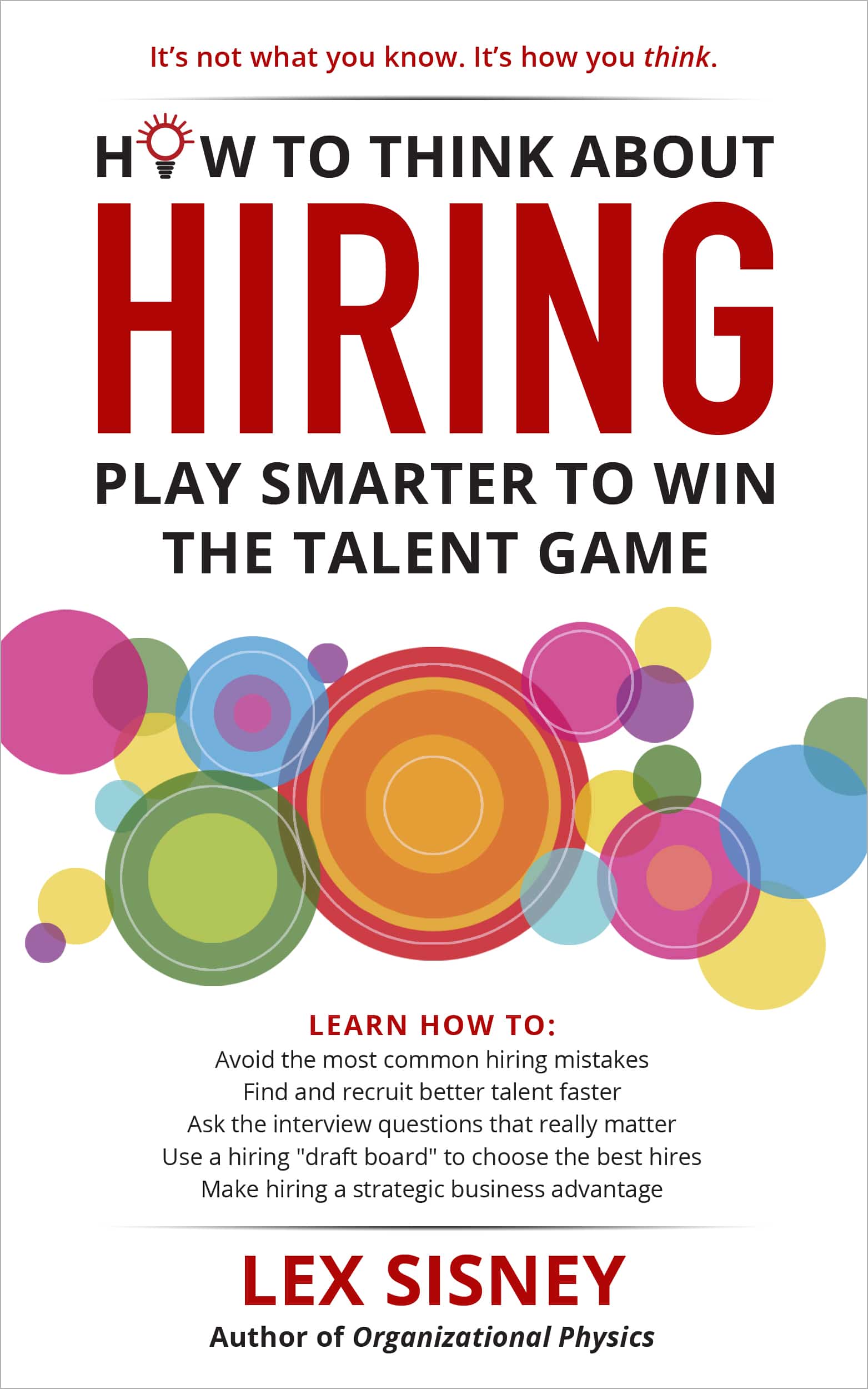Play Smarter to Win the Talent Game
Summary Insight:
Most hiring mistakes come from skipping the basics. Use this four-part checklist to hire smarter, promote better, and avoid costly misfires.
Key Takeaways:
- Hire for values first—everything else is downstream.
- Style fit matters more than past experience.
- Audition for skill, then talk compensation.
I’m writing this short article for any manager who is looking to make a new hire or is considering someone for a promotion. There are four criteria you should be basing every new hire or promotion opportunity on. Time and time again, I have seen the wisdom of this approach. Think of these criteria like a checklist. When considering a new hire or promotion, work through your checklist in this order of priority:
#1 Values
Values are a person’s deep-seated beliefs that motivate their behaviors. The question you’re seeking to answer when assessing a candidate’s core values is if their personal values are in alignment with the organization’s core values. There are tests you can give to candidates to help ascertain their values but in my opinion, the only way you can really get a sense for someone’s soul is to spend time together. Why have they made the key decisions in their life? Who are they at their core? It’s why we date before we get married. The more senior and critical the hire or promotion is to the organization, the more time you need to spend dating.
#2 Style
Style is how the candidate thinks, behaves, and approaches challenges and opportunities. Each of us has a style or a unique way of managing the world. Some styles are exceptional at being tactical, detailed-oriented, and executing a process. Other styles are better at being strategic, conceptual, and results-oriented. Don’t ask a fish to climb a tree. You can learn more about styles and their relative strengths and weaknesses by playing around with the World’s Fastest Personality Test. Or, you can compare the style of a candidate with the needs of an open role by test-driving the PSIU Talent Management Suite.
#3 Skills
Skills are the technical capabilities the candidate brings to the table. For instance, if you’re hiring for a sales role, the skills question you’re seeking to answer is, “Does this candidate have high sales skills or the natural ability to develop those skills?” My preferred method to assess for skills is to have the candidate audition for the role. It’s not enough that they tell you; they need to show you. This is why athletes do try-outs, aspiring chefs cook up a meal for the owners, and actors audition for parts. It’s a skill test. In the example of the sales hire, I would run a mock sales call and see how the candidate performs.
Note that many skills can actually be trained and developed rather quickly but style and values are much more ingrained. In practice—especially when up against project deadline and resource pressures—most of us tend to sacrifice values and style fit to find someone who has past experience (a proxy for skills). I’m just as guilty of this as anyone. But every time I’ve hired like this out of expediency, it came back to bite me in the ass. It ended up costing more in time, energy, money, and lost opportunities than if I had never made the bad hire in the first place. Always try to prioritize first for values, then style, and then skills.
#4 Comp
When thinking about comp, you should consider the total compensation that the candidate demands. The kicker here is that, if the first three criteria are a match, then you also don’t have to pay above market rate to recruit this candidate or secure this promotion. Often, the right candidate will come on board for the new role for less than market. Why? When it’s the right candidate, they will be attracted to the whole picture. If you know basketball, you might think of Kevin Durant, who took substantially less comp from the Golden State Warriors than he could have gotten elsewhere. The reason why is that everything about the role—including the culture, style, and skills—were a great match for both sides. There are many forms of compensation. Your job is to paint a full picture of the total comp for the candidate.
Putting It All Together
 I’ve written about these four criteria in-depth in my book How to Think About Hiring: Play Smarter to Win the Talent Game.
I’ve written about these four criteria in-depth in my book How to Think About Hiring: Play Smarter to Win the Talent Game.
In the book, I take these same four criteria and combine them to create a picture of a “draftboard” to show how each candidate stacks up against your target or ideal profile. This makes your process very simple. Basically, your goal is to work through your checklist to determine where a potential draft pick fits on your board compared to the other candidates. If you’d like to learn more about the draftboard, just click here. Otherwise, I hope you find these four criteria—Values, Style, Skill, and Comp—helpful in making your own, smarter hiring and promotion decisions.




